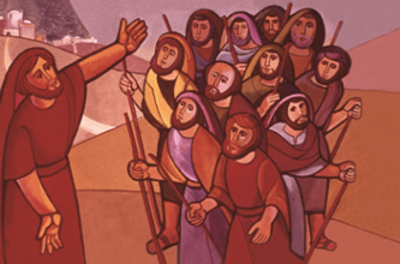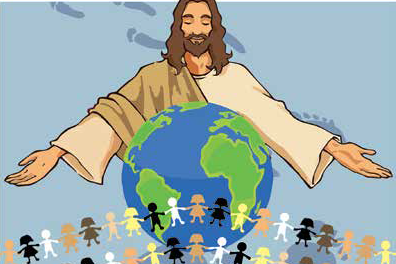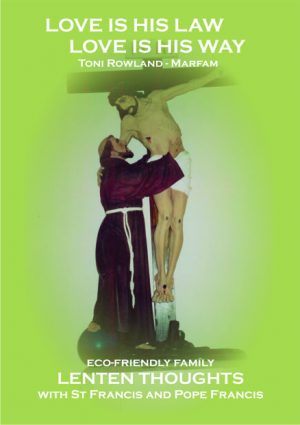September 13. EACH ONE TEACH ONE. (From BECOMING ECO-FRIENDLY FAMILIES)
Dominic was a science teacher, Phumzile a learner with a great interest in animal trafficking, particularly of rhinos and pangolins. Her uncle Boris was a big game hunter. Imagine the debates and the arguments that raged about the merits of trophy hunting or any type of hunting. Who knows all the facts, the truth and the financial implications of game farming?
Because environmental awareness is still a relatively new science or a still growing field of knowledge it is often children from nursery school up who can teach their parents, who may have had little exposure to this. Young children learn even just through growing a bean plant. They can be helped to share their observation and knowledge. We, as parents, of course can tell traditional stories of Jack and the Beanstalk but also retrieve our traditional folk tales and fairy tales of talking and humanized animals. TV has so much educational material but in our families do the young and older adults, from their particular work or study perspective, share with one another. There are important issues, also ethical matters around the growing body of debate on climate justice, research into renewable energy or recycling, etc. Together families can even devise their own circular economy projects, reusing items, practicing recycling, making compost, – on the way to become eco-friendly families!
Adult education, self-empowerment for eco-friendly decision-making, supporting community initiatives and integrating family-centred intergenerational approaches into policies can ensure meaningful climate action. Advocacy, by all for all, is a necessary attitude towards a co-responsible way of life with the ideal of “Each one, teach one” being adopted from young, but very much so by those in the workplace and areas of control and power.
Biomimicry is a fascinating discipline. What can nature teach us from observing and learning from special effects in nature. An example is the whale wind turbine. These massive creatures weighing many tons are amazingly agile swimmers and we go whale watching to see them jump right out of the water. It is the design and tubercles on their fins that provide that ability. Aircraft design has learned from that. Velcro was developed from studying how burrs stick to dog’s fur. The hooks and the loops do the trick. High-speed bullet trains, with their sharp pointy noses, imitate the kingfisher bird’s ability to navigate between air and water at amazing speed. And much more. An exciting teaching and learning family project.
Reflect, share, act. Scripture: Jesus said, “A disciple is not above his teacher, but everyone when he is fully taught will be like his teacher. Why do you see the speck that is in your brother’s eye but do not notice the log that is in your own eye?“ Luke 6: 39-42. Pope Francis: the contemplation of creation allows us to discover in each thing a teaching which God wishes to hand on to us. LS 85. Authentic development includes efforts to bring about improvements in the quality of human life which involves settings in which people live. These influence the way we think, feel and act in our rooms, homes, workplaces and neighbourhoods, as we use the environment as a way to express our identity. If it is chaotic, filled with noise and ugliness it makes it more difficult to keep calm, relaxed and happy. LS147
Eco-tip and prayer. Spirit of God, teach us to discover the worth of each thing, to be filled with awe and recognize that we are united with every creature in creation.







Recent Comments